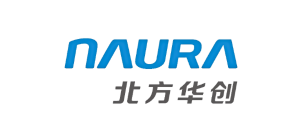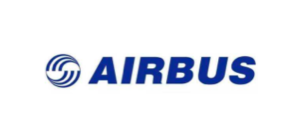Industry Encyclopedia>What deep learning models are commonly used in OCR
What deep learning models are commonly used in OCR
2024-07-10 08:24:12
In the field of OCR (Optical character recognition), deep learning models play a huge role, especially in improving recognition accuracy and handling complex scenes.
Here are some of the deep learning models commonly used in OCR: Convolutional Neural Networks (CNNS) : One of the most commonly used models in OCR is the CNN, which is particularly good at processing image data.
Through multi-layer convolution and pooling operations, CNNS are able to extract local features in images and combine them into higher-level feature representations, which are very useful for character recognition.
Recurrent neural networks (RNNS) : RNNS excel at processing sequential data, and text data in OCRs can often be thought of as sequences of characters.
RNNS can learn the dependencies in the sequence and output a prediction on each time step, which is well suited for OCR tasks.
Convolutional recurrent neural Network (CRNN) : CRNN is a combination of CNN and RNN, which combines the strengths of CNN in image feature extraction with the capabilities of RNN in sequence modeling.
CRNN is particularly effective in OCR because it can simultaneously process both local features of an image and global information about a sequence of characters.
Transformer Model: In recent years, Transformer model has achieved great success in the field of natural language processing, and gradually expanded to the field of OCR.
Transformer uses a self-attention mechanism to capture dependencies in input sequences and has parallel computing capabilities, making the training process more efficient.
In OCR, the Transformer model can be used to handle character sequence recognition and correction tasks.
The application of these models in OCR is usually achieved by training large amounts of annotated data, which usually includes images and corresponding text transcripts.
By optimizing the model parameters to minimize the difference between predicted and true transcription, the accuracy of OCR can be continuously improved.
Here are some of the deep learning models commonly used in OCR: Convolutional Neural Networks (CNNS) : One of the most commonly used models in OCR is the CNN, which is particularly good at processing image data.
Through multi-layer convolution and pooling operations, CNNS are able to extract local features in images and combine them into higher-level feature representations, which are very useful for character recognition.
Recurrent neural networks (RNNS) : RNNS excel at processing sequential data, and text data in OCRs can often be thought of as sequences of characters.
RNNS can learn the dependencies in the sequence and output a prediction on each time step, which is well suited for OCR tasks.
Convolutional recurrent neural Network (CRNN) : CRNN is a combination of CNN and RNN, which combines the strengths of CNN in image feature extraction with the capabilities of RNN in sequence modeling.
CRNN is particularly effective in OCR because it can simultaneously process both local features of an image and global information about a sequence of characters.
Transformer Model: In recent years, Transformer model has achieved great success in the field of natural language processing, and gradually expanded to the field of OCR.
Transformer uses a self-attention mechanism to capture dependencies in input sequences and has parallel computing capabilities, making the training process more efficient.
In OCR, the Transformer model can be used to handle character sequence recognition and correction tasks.
The application of these models in OCR is usually achieved by training large amounts of annotated data, which usually includes images and corresponding text transcripts.
By optimizing the model parameters to minimize the difference between predicted and true transcription, the accuracy of OCR can be continuously improved.
























